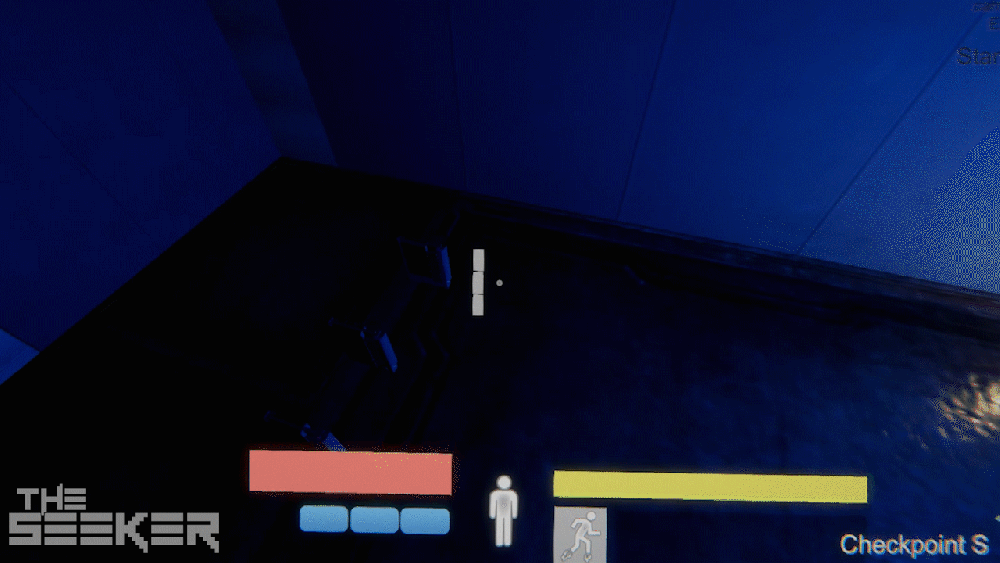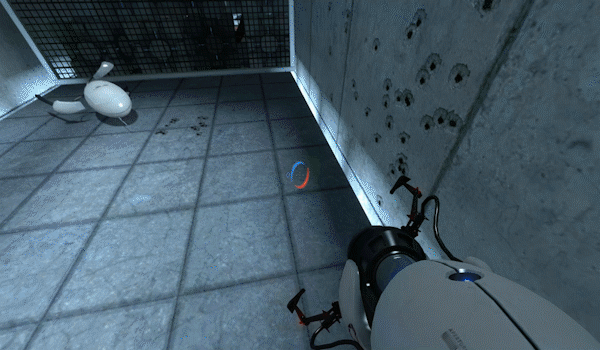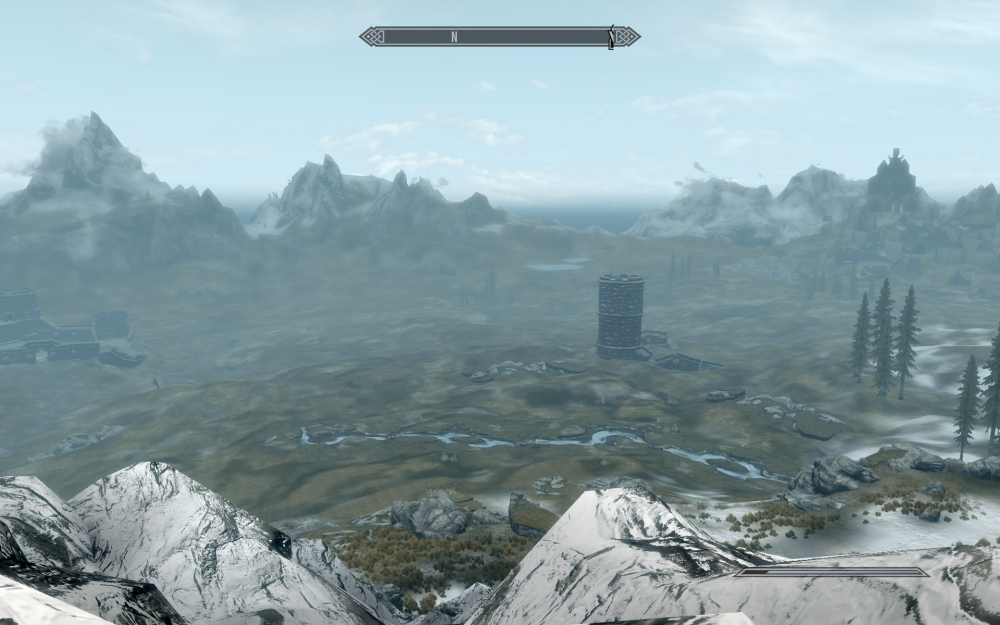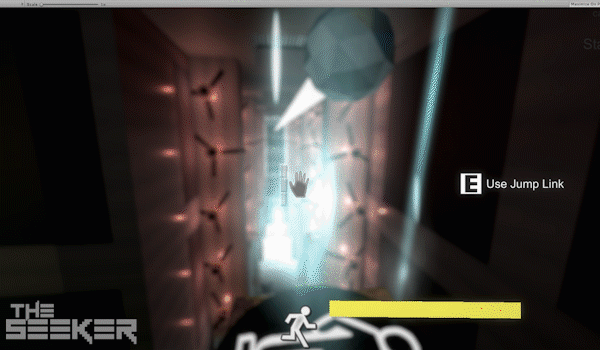Devlog 3/31/18 – Radial. Menus. Pt 2 // No Weekly Devlogs
Single-player games have plenty of advantages over multiplayer games in terms of design – one of my favorites of which is the freedom to mess with simulation speed (or time scale) to help control the flow of gameplay. Slowing down a game can help players through difficult sequences, inform them of critical situations like low health, or just show off cool moments with a “slow motion” effect. The Witcher 2 comes to mind – time slows down while the player switches weapons and abilities – because the combat is so fast-paced that the player could easily die while trying to make those decisions in real time.

A game with free-running elements and several abilities (many of which are necessary for survival or reaching certain areas) is a prime candidate for the same method that The Witcher employs. The only issue I found with the slowdown while using the menu in that game was that I would often bring up the menu just to watch enemies and predict their actions. It gave me a leg up in deadly situations but it felt a little like an exploit to look past the menu and use the time scale manipulation as an extra ability in itself.
Well, that (hopefully) won’t happen in The Seeker, thanks to a brutally blurred-out main camera while the menu is open! Obviously testing will show whether coming back to the game after using the menu is too tough on the player… but it may solve the time-manipulation-as-an-ability issue. In any case, I like the attention that it draws toward the menu.

Unrelated but relevant: level design and world building being pretty time-consuming means weekly devlogs don’t make much sense for the time being. Stay up to date with fresh gameplay screenshots and gifs every Saturday on Twitter! Devlogs will feature substantial development updates only but this way I should be able to make them more in-depth.



















